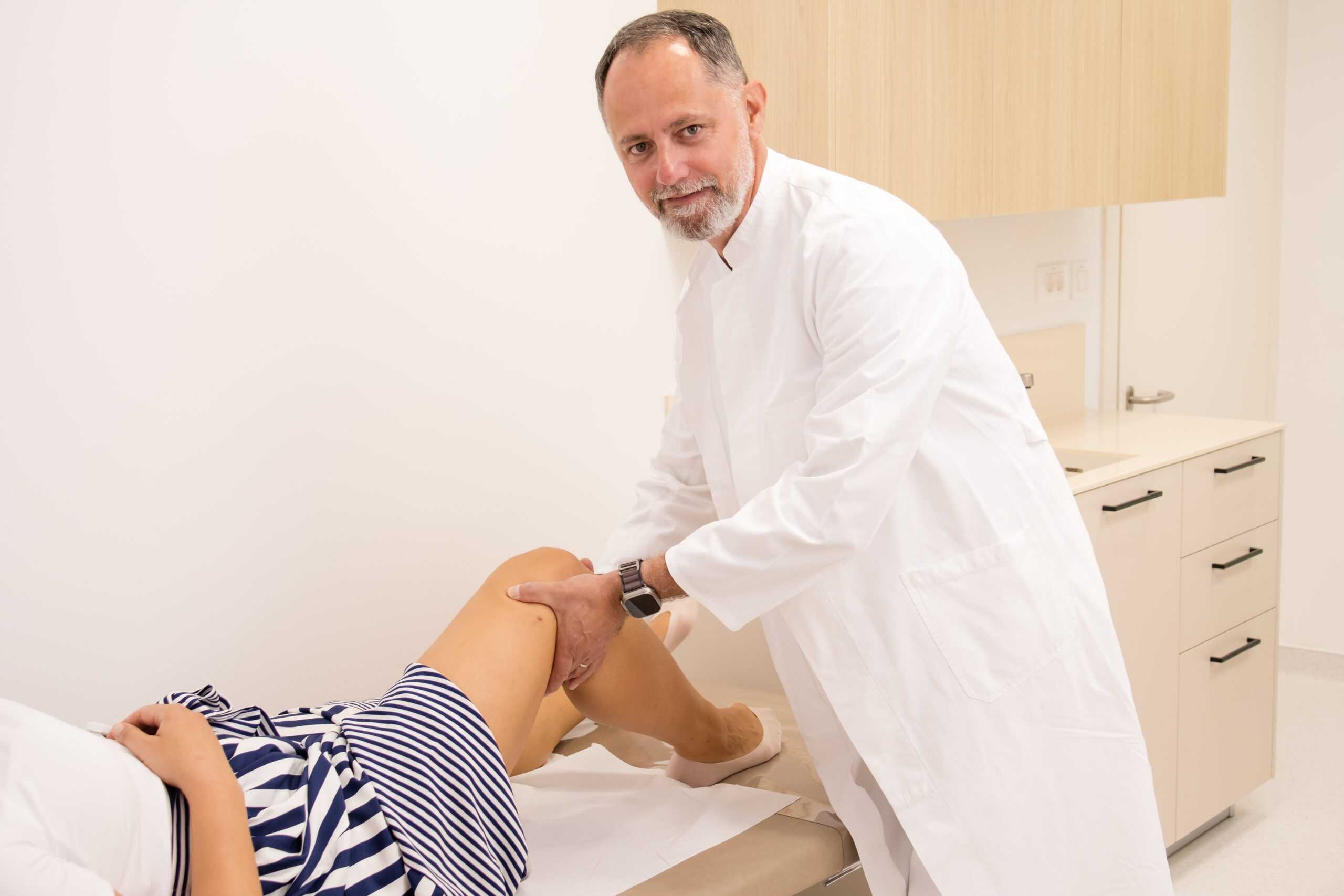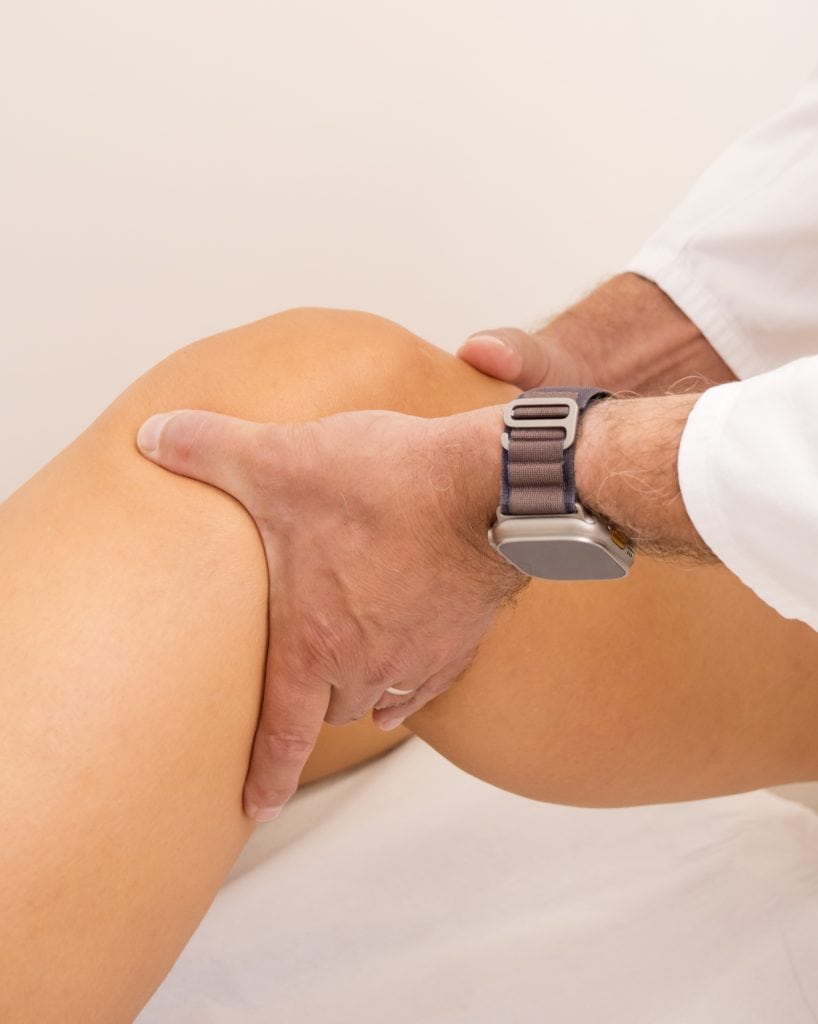The knee is not a single joint but is composed of three main parts. Depending on which part is most worn, the type of endoprosthesis to be implanted is planned, Dr. Ivan Karlak explains.
Pain in the knee, stiffness, and limited movement are often the first signs of joint degeneration. When conservative treatments no longer help, the solution increasingly comes from modern endoprosthetics – artificial knee replacement, which restores mobility and quality of life to patients.
Total or partial knee endoprosthesis
“When we talk about knee endoprosthetics, it is important to note that the knee is not a single joint but consists of three main parts – the medial (inner), lateral (outer), and the joint between the patella (kneecap) and the femur,” explains Dr. Ivan Karlak, orthopaedic surgeon, traumatologist, and Head of the Orthopaedic Department at IMC Priora.
Depending on which part is most damaged, the type of endoprosthesis is chosen. If all three parts are worn out, a total knee endoprosthesis is implanted, replacing all joint surfaces. In cases where only one part is damaged – the inner, outer, or the joint between the kneecap and the femur – a partial endoprosthesis can be used instead.
“The great advantage of the knee joint,” adds Dr. Karlak, “is that with partial endoprosthesis most of the natural joint structures are preserved, and only the worn-out part of the joint is replaced.” When comparing total knee replacement to hip replacement surgery, rehabilitation after knee surgery tends to be slightly more demanding. “However,” Dr. Karlak notes, “thanks to modern endoprosthesis designs and advanced surgical techniques, especially robotic-assisted procedures, postoperative pain and recovery time have been significantly reduced, while patient satisfaction is notably higher.”

Life After Artificial Knee Replacement
Just like with artificial hip replacement, knee endoprostheses provide a long-term solution – often lasting more than twenty years.
“Patients with an artificial knee cannot engage in professional sports,” says Dr. Karlak, “but they can easily take part in recreational activities such as brisk walking, jogging, doubles tennis, and even skiing.”
Thanks to advancements in materials, precision in implantation, and a personalized approach to each patient, the quality of life after knee replacement surgery is significantly improved today compared to a decade ago. With proper physical therapy and regular follow-ups, an artificial knee allows for a long-lasting, pain-free, and active lifestyle.
